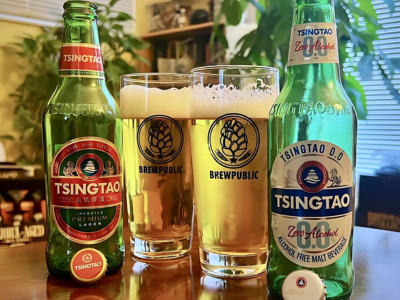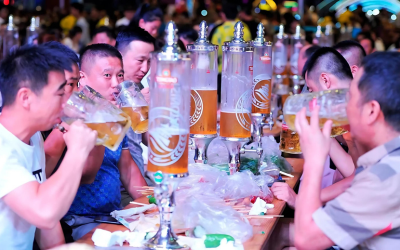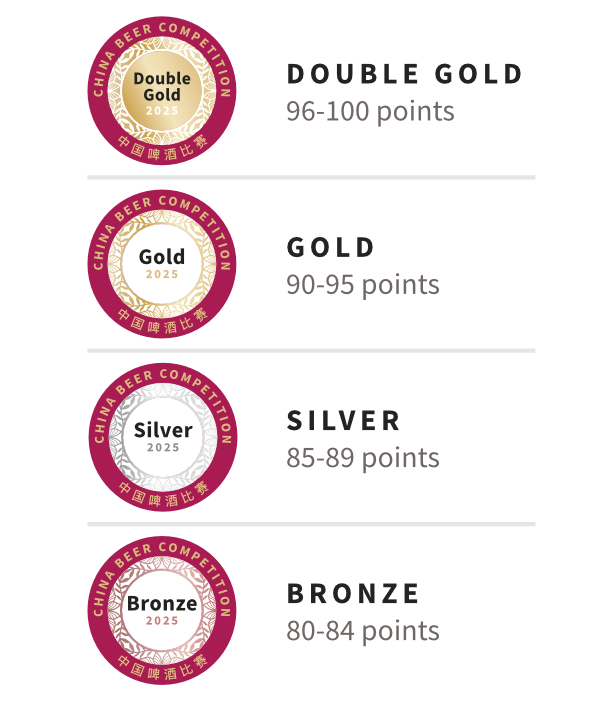November 10, 2026, Hong Kong

The future of China's beer market, uncovering trends, challenges, and opportunities importers must master.
The Chinese beer market, historically the largest in the world by volume, is undergoing significant transformations as it heads into 2025. According to Statista, the revenue in China's beer segment is expected to reach approximately USD 134.1 billion by 2025, with an annual growth rate of 5.6%. This growth is being driven by the premiumization trend, as more consumers opt for higher-priced, better-quality products. Additionally, the volume of beer consumed is expected to increase to over 53 billion liters by 2025, highlighting the sustained demand for beer in the country. Importers looking to tap into this lucrative market must understand the evolving consumer preferences, emerging trends, and the impact of economic and regulatory shifts. This forward-looking analysis provides key insights that importers should consider to navigate China's beer market in the coming years successfully.
Shift Towards Premiumization
One of the most notable trends in China's beer market is the shift towards premium products. With increasing urbanization and rising disposable incomes, particularly in major cities, Chinese consumers are demonstrating a growing preference for higher-quality beers. This trend is supported by the fact that China's GDP per capita has crossed the $10,000 mark, a threshold that often correlates with increased spending on premium goods, including alcoholic beverages.
The premiumization trend is not just about higher prices but also about the variety and quality of beer available. Consumers are increasingly turning to craft beers, imported brands, and specialty brews that offer unique flavors and superior ingredients. Craft beer, for example, has seen a substantial rise, with its volume of sales increasing nearly thirty times over the last decade, although it still represents a small fraction of the overall market. This growth is expected to continue as more consumers seek alternatives to traditional mass-produced lagers.

Source: Brewpublic
Evolving Consumer Behavior
Consumer behavior in China is becoming increasingly sophisticated, driven by a combination of global trends and local cultural influences. Urban, younger consumers are spearheading this shift, showing a growing preference for diverse, high-quality beer options, including craft beers, which are valued for their unique flavors and premium ingredients. This trend reflects a broader lifestyle change where socializing over premium beverages in bars, restaurants, and pubs is becoming more prevalent. By 2025, out-of-home beer consumption is expected to dominate the market, accounting for the majority of beer spending. Additionally, the non-alcoholic beer segment is gaining traction, fueled by health-conscious consumers looking for low-alcohol alternatives. Major brands like Tsingtao and Yanjing are responding to this demand by expanding their non-alcoholic offerings, indicating a market that is not only growing in volume but also diversifying in response to changing consumer preferences. This evolving landscape offers new opportunities for importers who can cater to these trends and meet the sophisticated demands of the Chinese market.
Impact of Economic and Regulatory Changes
China's beer market is anticipated to grow steadily, fueled by increasing alcohol consumption among younger demographics and rising disposable incomes. However, this growth is tempered by significant challenges, such as the rising costs of raw materials, including barley and packaging, which have placed pressure on profit margins. While recent decreases in barley prices may offer some relief, overall cost pressures remain substantial. Additionally, the regulatory environment poses another layer of complexity, with the Chinese government enforcing stringent rules, including import taxes and distribution restrictions that make it difficult for foreign brands to penetrate the market. These regulatory hurdles, though challenging, also present opportunities for companies that can effectively navigate them. Moreover, as China continues to prioritize environmental sustainability, the beer industry is expected to face stricter regulations, particularly in waste management and energy use. Importers will need to stay agile and well-informed to thrive amid these evolving economic and regulatory landscapes.

Source: The Beer Exchange
Strategic Considerations for Importers
a) Focus on Premium Products: With the growing demand for premium and craft beers, importers should prioritize high-quality, differentiated products that cater to the evolving tastes of Chinese consumers. This includes offering a variety of styles, such as IPAs, stouts, and specialty lagers, that go beyond the traditional offerings in the market.
b) Leverage Local Partnerships: Navigating China's complex regulatory environment can be challenging. Partnering with local distributors or breweries can provide valuable insights and access to established distribution networks. This approach can also help mitigate risks associated with regulatory compliance and market entry.
c) Adapt to Consumer Preferences: Understanding the local culture and consumer preferences is crucial. Importers should consider marketing strategies that resonate with younger, urban consumers who are driving the premiumization trend. This might include social media campaigns, influencer partnerships, and events that emphasize the unique qualities of their beer.
d) Prepare for Regulatory Changes: Staying informed about potential regulatory shifts is essential for long-term success. Importers should monitor developments in environmental regulations and be prepared to adapt their operations to meet stricter sustainability standards.
As China's beer market evolves, importers face both significant opportunities and challenges. The market's growth, driven by increasing consumption among younger, affluent consumers, presents a lucrative opportunity for those who can offer premium and diverse products. However, rising costs of raw materials and complex regulatory hurdles require careful navigation. Success will depend on a deep understanding of local consumer trends, an ability to adapt to changing economic conditions, and a proactive approach to environmental regulations. By aligning strategies with these dynamics, importers can position themselves to capitalize on the expanding Chinese beer market while mitigating potential risks.
Header Image Source: China Daily
Key Dates
Super Early Bird Deadline: May 20, 2026
Early Bird Deadline: July 31, 2026
Regular Deadline: October 14, 2026
Warehouse Deadline: October 22, 2026
Judging Date: November 10, 2026
Winners Announcement: November 24, 2026



